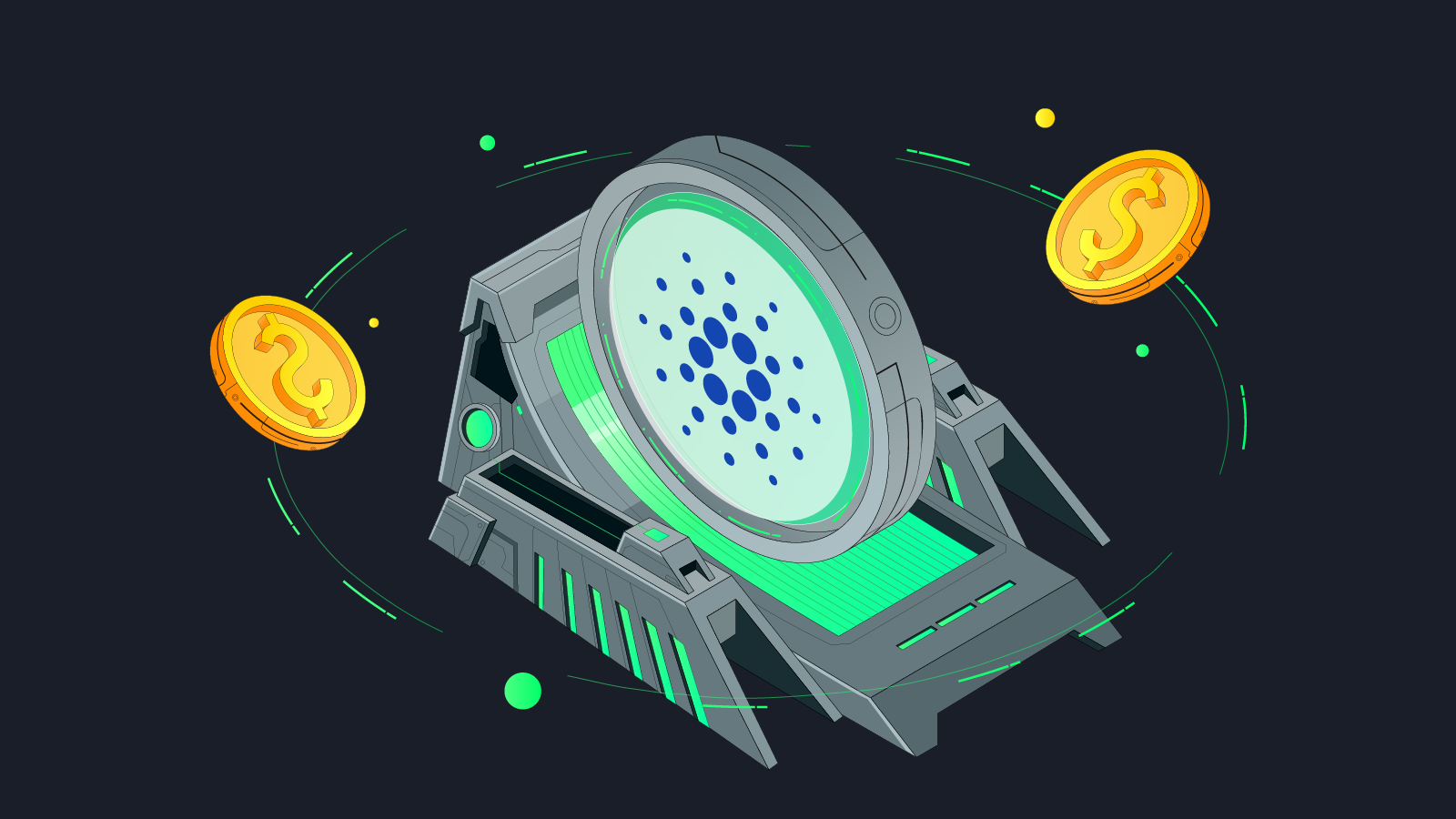Cardano is about to take a big step with the Chang hard fork, moving towards a new era of decentralized governance called Voltaire. This hard fork is named after Phil Chang, a Cardano supporter who passed away in 2022.
It’s all about moving control of the blockchain from a few big players to the people who hold ADA tokens.
On July 25, Cardano rolled out the new node version Node 9.1.0, which includes everything needed to make the Chang hard fork happen.

Node 9.1.0 brings some important updates. Unlike the previous version, this one requires a Conway genesis file at the start, which was optional before.
It also comes with bug fixes and enhancements to the Command Line Interface (CLI) and Application Programming Interface (API). For instance, there’s a new “query treasury” command that wasn’t there before.
These updates are designed to make sure the network is ready for what’s coming next, aligning with proposals like CIP69 and CIP119.
This will completely change how the Cardano network is managed. Until now, control has been largely in the hands of the Cardano Foundation, Emurgo, and Input Output Global (IOG).
The Chang hard fork’s new governance model gives ADA holders a say in how the blockchain is run. Think of it like a digital democracy where people can vote on changes and manage the network’s budget.

As of now, stake pool operators (SPOs) are busy updating their systems to the new software. According to PoolTool, a Cardano staking dashboard, about 27% of nodes have been upgraded so far.
The hard fork will only go through once 70% of all SPOs have made the switch. Once this level is hit, the new governance model will be introduced to finalize everything.
However, the journey to this point hasn’t been without its bumps. The Chang hard fork was originally planned for the second quarter of 2024 but faced some delays.
These hiccups are pretty common in the blockchain, where technical upgrades can run into unexpected issues.
The success of this new governance model will depend on how actively ADA holders get involved. Without strong community participation, the system might not work as well as planned.
Another thing to keep in mind is the potential risks involved. Major blockchain upgrades are always tricky, and there’s a chance of technical problems during the implementation.
The Cardano development team needs to be on their toes, ready to tackle any issues that might come up.

In terms of market impact, past events suggest that hard forks can boost a cryptocurrency’s value. For example, the Alonzo hard fork in 2021 saw ADA’s price jump from $1.35 to $3.10 in just a month.
While no one can predict the future with certainty, there’s a chance the Chang hard fork could have a similar effect, especially if it boosts confidence in Cardano’s future.
Charles Hoskinson, the founder of Cardano, says he sees it as a sign that the Cardano ecosystem is maturing, moving towards a stronger and more sustainable model.





